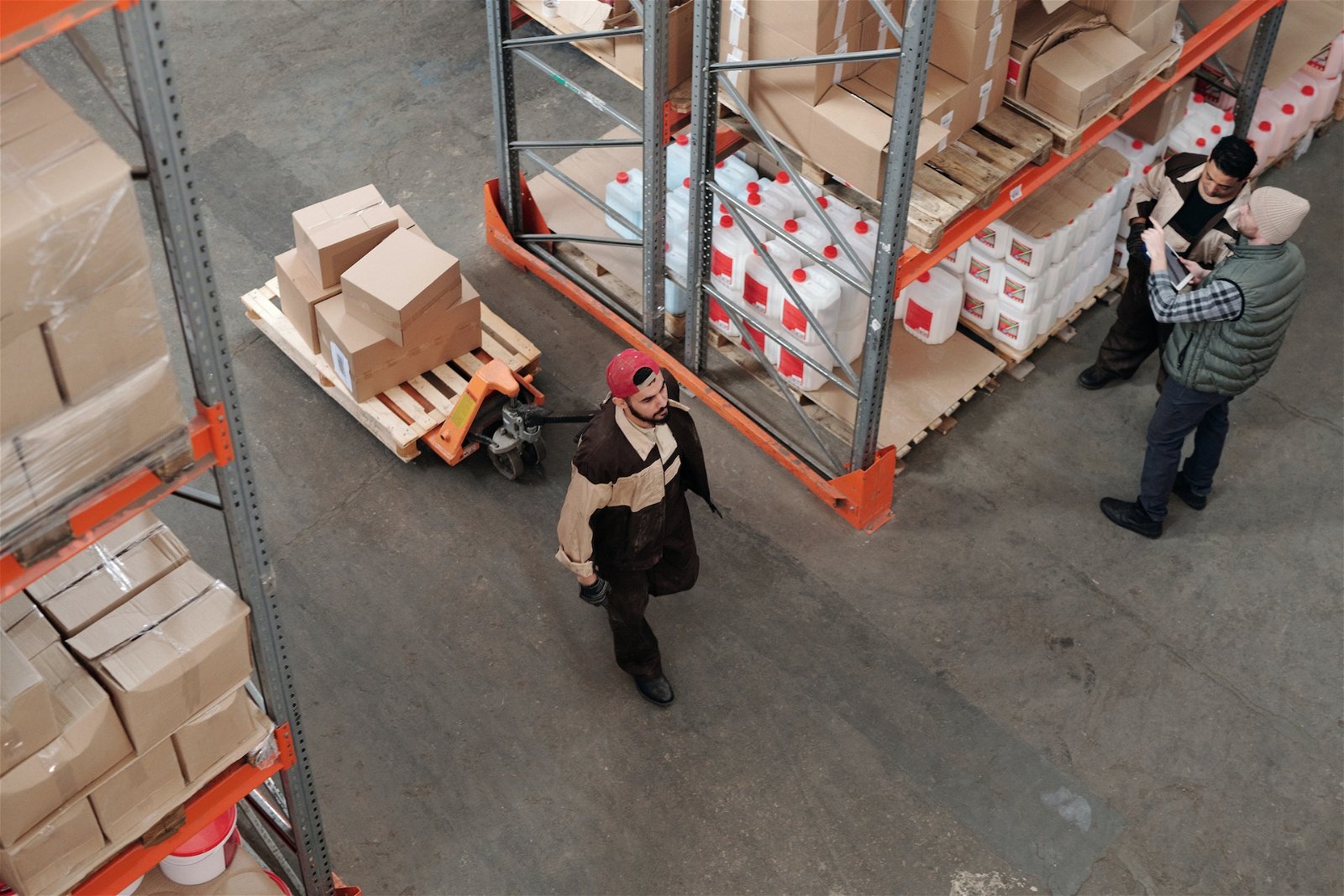If your company provides products and services of different kinds, you need to have a logistics strategy to provide quality services to your customers at all times. A good logistics strategy is even more important for businesses that are complex with a fluctuating supply chain, specific products, or have clients to cater to across specific countries.
In the brewery industry, for example, one of the problems faced is the best route to deliver the product to the customer on time. Careful planning is usually required to carry this out successfully. Poor logistics lead to late deliveries, and failure to meet the customer’s needs, and ultimately causes the business to suffer.
On that note, here are six ways to reduce costs and improve logistics in your business.
Proper Planning
It takes adequate planning to ensure that your customers are satisfied and your business achieves success at the end of the day. The delivery speed of your goods and services is an important aspect of customer satisfaction and how their opinion of your business is formed.
Sometimes, it doesn’t matter how good your product looks or tastes, if a customer has a bad experience with delivery, it can affect their perception of your business in the long run.
You need to come up with a plan on how to ensure smooth logistic services, putting into consideration stumbling blocks, derailments, and possible challenges that might occur. Your plan has to be comprehensive, containing details such as what products or services you need to transport, and possible challenges such as the unavailability of supplies.
How the raw materials will be procured, unreliable shipping partners and a realistic timeframe for delivery are also things to be considered when drawing out a plan. Each step in the freight forwarding process should be properly understood and followed accordingly for better tracking and better performance.
Embrace Technology
It is important to implement the latest technologies in tackling modern-day demands and handling problems faced in the market today. Take a good look at your current tools, processes, and workflows and decide if it’s time to upgrade some things, like changing your old tools to new ones.
The technology works faster and eliminates human errors. It can also help in performing tasks such as multiple payments and meeting deadlines on time.
For instance, management software like Ollie ensure that management of the production lines, enhance consumer relations, process orders, and more in one platform.
You can properly manage your inventory, receive and make payments, have access to automated TTB reporting, and track your raw materials.
Automated warehouses and vehicles also facilitate the handling of large quantities of items, making it much easier to organize, sort, and package food, water, and brewery products.
Proper Management of Stock and Inventory
Checking out trends in the demands of your target market ensures flawless delivery and is an important part of your logistics management. You need to have an idea of how much stock you have left to cater to your customers effectively. This can be achieved by checking reports on how your inventory is being used.
If your inventory is smaller in size, then there’s the possibility of a shortage in supply and a delay in orders. If you have a large inventory, it can cost you more money than you should be spending.
Having these reports and looking through them can help you determine the adjustments you need to make to your inventory size. Additionally, a competent inventory management system will let you effectively monitor stock levels and anticipate consumer wants, saving you time, money, and customer loyalty.
Train Your Employees
Having the best technology in the world and checking reports will not improve your logistics efficiency if your employees aren’t trained to use these tools. Ensure to provide them with the proper training they need to understand and maximize the use of these tools.
Whenever an upgrade is made to software or equipment, be sure to give your employees comprehensive training on any new features. Your employees also need to be adequately trained in handling all orders and managing information using modern-day techniques.
Handling edible goods such as food, fruits, juice or fragile items, and chemical products requires an additional level of discipline. Any employee handling these items must be conscious and attentive when they are being packed and labeled. All these must be executed effectively to avoid product-related loss.
Understand The Essence of Sales and Operations Planning
Many companies, both new and old, think they understand and practice a form of sales and operations planning, however, they don’t practice it as effectively as they ought to.
Sales and operations planning or S&OP is a strategy where all the primary functions including sales, warehousing, and transportation come together as a team to review and plan business activities. This involves teamwork with an understanding of a common set of goals and agreement to work together toward the actualization of these goals.
Meetings can be held frequently to focus on the improvement of logistics in the company. Once the team is in sync, they will plan effectively on the short and long-term goals and how to achieve them.
Outsource To Third-Party Logistics (3PL)
If managing your business logistics has been a hassle, then you can always outsource to third-party logistics as an effective way to go about your logistics. Third-party logistics or 3PL is usually used for outsourced logistics and supply chain management. Two frequently outsourced logistics aspects are transportation and warehousing.
These companies offer a wide range of services such as same-day delivery, which you can utilize in meeting deadlines by delivering products to your customers the same day you send them.
They also provide routed delivery, which transports your items through established shortcuts to reduce time and deliver your packages swiftly.
Some logistics companies also provide custom deliveries that meet your requirements and unique transportation needs, such as transporting a live pet. You can make use of third-party logistics for improved logistics efficiency and transport specific high-priority packages swiftly.








![How to Improve Employee Welfare? [7 Ways] 9 How to Improve Employee Welfare](https://zoets.b-cdn.net/wp-content/uploads/2024/02/pexels-alexander-suhorucov-6457577-scaled-e1708707251724.jpg)
![Saudi Oil Industry Key Stats Unveiled [2024] 10 Saudi Oil Industry Key Stats](https://zoets.b-cdn.net/wp-content/uploads/2024/02/h.jpg)